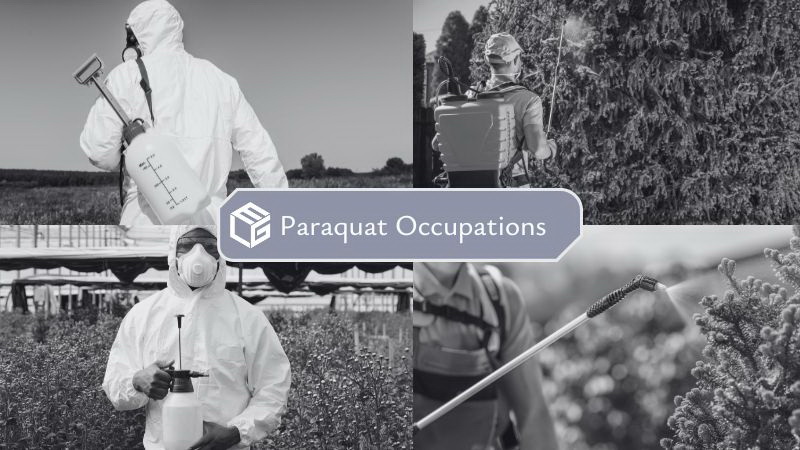
Herbicide handlers, sprayers, and applicators face daily exposure to paraquat in large quantities and over sustained periods, making them among the most at-risk occupational groups for developing Parkinson's disease. Originally marketed in 1962 as Gramoxone, paraquat is described by the U.S. EPA as a controlled or restricted-use herbicide utilized exclusively in commercial farming and agricultural settings. Despite containing a blue pigment to prevent confusion with food products, the chemical remains highly dangerous to those who handle it professionally.
Paraquat is a restricted-use pesticide that requires state licensing through pesticide applicator certification exams, although some states allow unlicensed applicators to work under the direct supervision of licensed professionals. As part of their responsibilities, they mix pesticides with water, load chemicals into knapsacks and sprayers, and spray herbicide directly on crops. It has been shown that paraquat exposure is linked to a variety of serious health problems, including neurological disorders, even when exposure is relatively low.
A 2011 analysis found that paraquat exposure increased the risk of Parkinson's disease by 250% for those who work with it regularly. Herbicide applicators face exposure through multiple routes, including handling pesticide containers, direct skin contact with paraquat residue, and inadequate access to washing facilities when contractors fail to provide water for workers to clean their hands and clothes. The risks associated with concentrated pesticides are significantly greater than those associated with diluted products because any concentrated substance is necessarily more toxic and requires a mixing step that increases the risk of exposure from splashes or spills.
The danger extends beyond the workplace, as herbicide applicators cannot escape exposure when paraquat residue follows them home on their clothing or contaminates the air in their neighborhoods through drift. The chemical's ability to penetrate the body through ingestion, inhalation, and dermal contact makes skin exposure and inhalation particularly hazardous pathways for illness among applicators.
Herbicide applicators worked directly with concentrated and diluted forms of paraquat sold under various brand names throughout the United States. Their job responsibilities required mixing, loading, and spraying these products, creating constant contact with the toxic chemical. Despite mandatory certification requirements and the addition of blue dye for identification purposes, manufacturers failed to warn applicators about the connection between paraquat use and Parkinson's disease.
Herbicide applicators who develop Parkinson's disease after using paraquat may seek compensation from manufacturers that failed to provide adequate warnings. At Environmental Litigation Group, P.C., we are prepared to file claims for herbicide applicators and hold negligent companies accountable. If you are too ill to handle the legal process, family members can assist you. If an applicator dies before receiving compensation, their surviving relatives can continue the claim and obtain funeral reimbursements and damages.
To establish eligibility, ELG Law attorneys will evaluate your work with paraquat products and your Parkinson's disease diagnosis. As Parkinson's disease progresses, symptoms emerge, including tremors in the hands and fingers, reduced handwriting size, loss of smell, difficulty sleeping, problems with movement and walking, hunched posture, weakened voice, facial masking, and episodes of dizziness.